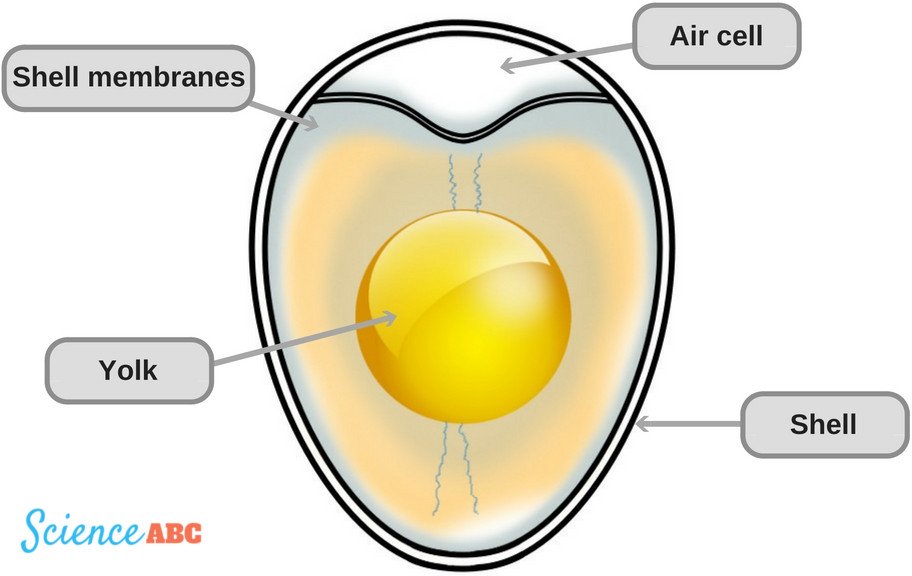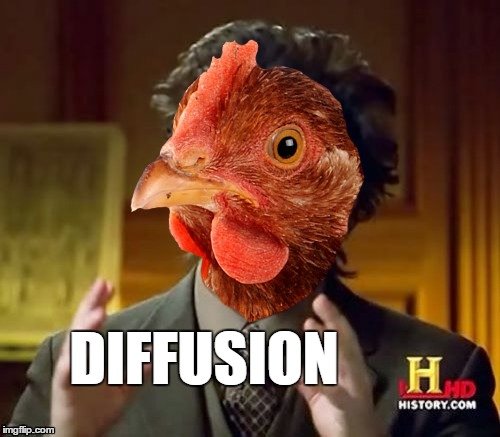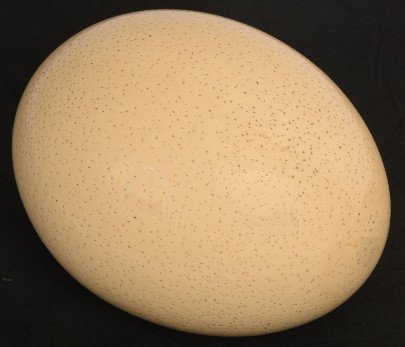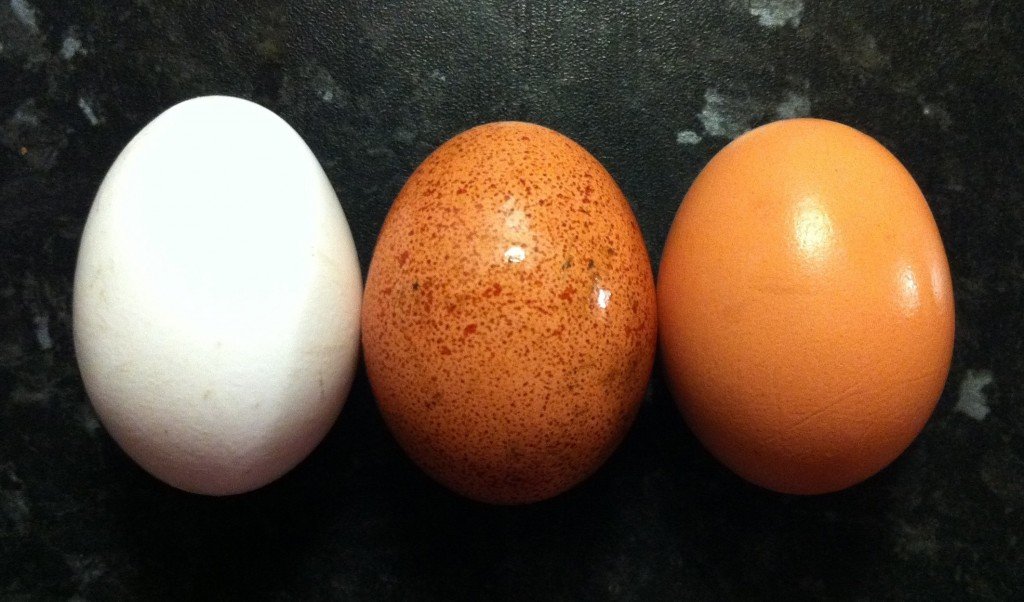Table of Contents (click to expand)
Embryos inside eggs can breathe through the air sac which is a small cavity of air inside the egg. Further, pores in the egg shell allow gases to escape and enter the egg, allowing for gaseous exchange.
Just like humans, animal babies that grow inside their mothers receive everything they need to develop within the safe confines of the womb through an umbilical cord that collects some of the oxygen that the mother breathes, along with other forms of nourishment.
However, when it comes animals (like chickens) that grow inside an egg, the process obviously can’t be as straightforward, right? Since an egg is completely devoid of any visible holes or openings, it is entirely shut out from the outside world, so how does the little one nestled inside get the all-important oxygen it needs to perform vital biochemical functions?

Also, when oxygen is used up to produce energy, it produces carbon dioxide as a byproduct. Now, it’s a well-known fact that too much carbon dioxide in a sealed space can be dangerous, even to the point of being fatal to the inhabitant. The question is, how is this carbon dioxide removed from within the egg?
Exchange Of Gases Through The ‘Air Sac’
An egg is a fantastic example of nature’s expertise in taking care of its many creatures. The constitution of an egg is such that it not only protects the chick inside, but also takes care of its basic biological needs until it’s big enough to hatch. It works like this: there are two membranes beneath the chicken’s egg. When an egg is first laid by the mother, it is warmer than the surrounding air.

Naturally, it gradually begins to cool, causing the material inside the egg to shrink slightly, withdrawing from the walls a bit. This in turn causes the two membranes (which were originally stuck together) to separate as well, creating a small pocket of air or an ‘air sack’ that has plenty of oxygen.
Also Read: Are All Chicken Eggs Fertilized?
Egg Shells Contain Pores That Help Exchange Of Gases
Of course, the air sack can hold only so much oxygen before it runs out, which means it needs to be refilled. Also, the carbon dioxide released by the chick as a byproduct must also be removed from the egg. How does that work?

Precisely! The exchange of these gases with their surroundings is carried out through diffusion. You see, egg shells contain very tiny pores (tons of them) on their surface. Consider this: a 60-gram chicken egg has almost 10,000 pores to facilitate diffusion through its surface!

During the chick’s development, oxygen from the air sack is used up and carbon dioxide takes its place. However, with the help of diffusion through thousands of pores on the egg shell, carbon dioxide escapes the egg and fresh oxygen from the surroundings is supplied to the little one inside. The same pores also come in pretty handy for water exchange.
This is how a chick manages to survive inside an egg. There are many other avian species whose young ones grow inside eggs, and except for a few differences based upon the species (e.g., ostrich eggs are relatively large, so the rate of exchange is less efficient), every egg follows the same processes to sustain its contents until the egg hatches.
A Few Interesting Facts About Eggs:
- The yolk color of an egg depends on the diet of the hen: the more it consumes orange and yellow plant pigments, the more vibrant the color of the egg will be.

- The rate at which eggs age depends on the temperature conditions surrounding them: an egg ages more in one day at room temperature than it ages in one week inside a refrigerator!
- The size of an egg is an indicator of the age of the hen that laid it: young hens lay small eggs, but the egg size will increase as the hen ages.
Also Read: How Should You Store Your Eggs?
How well do you understand the article above!

